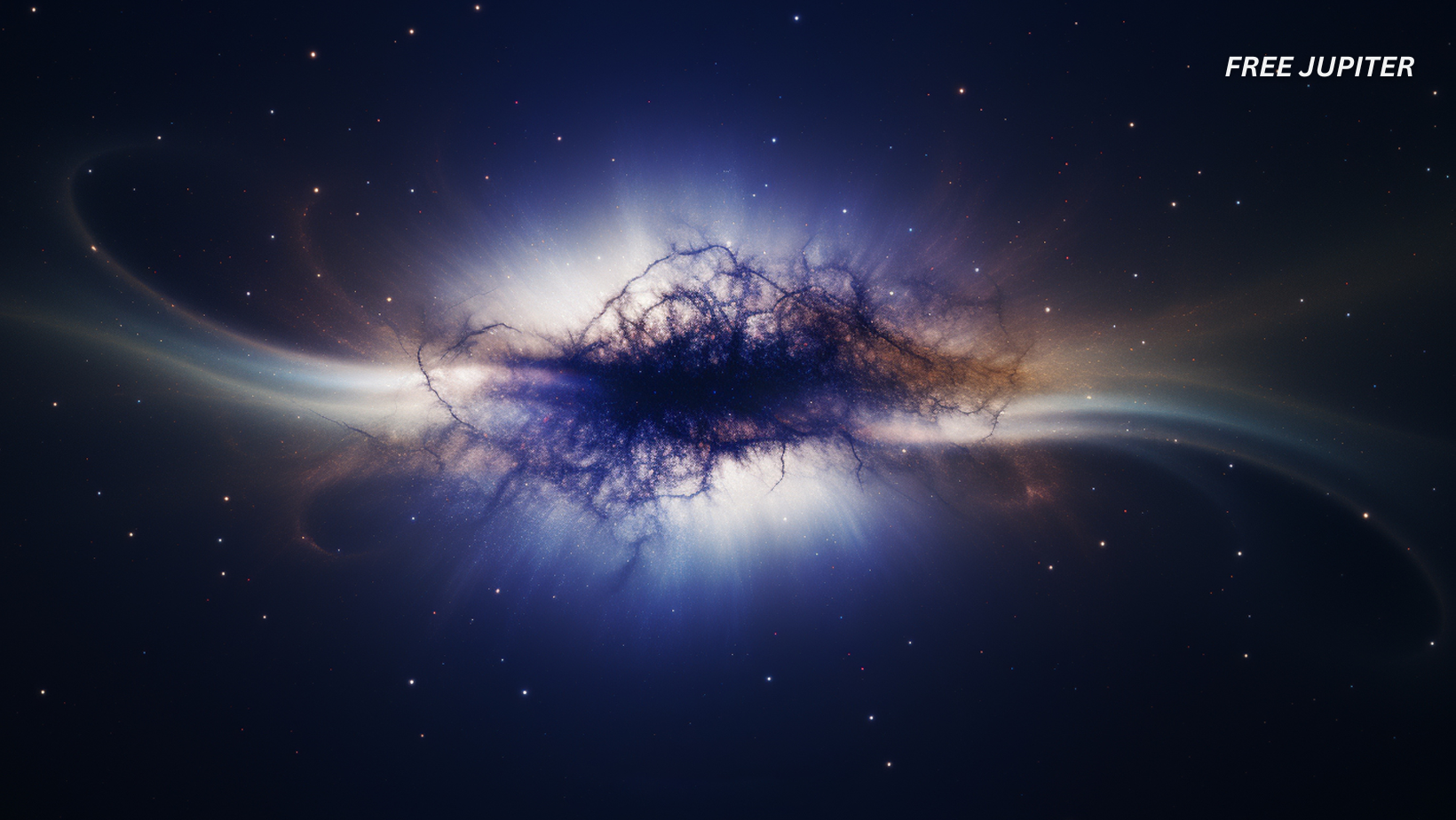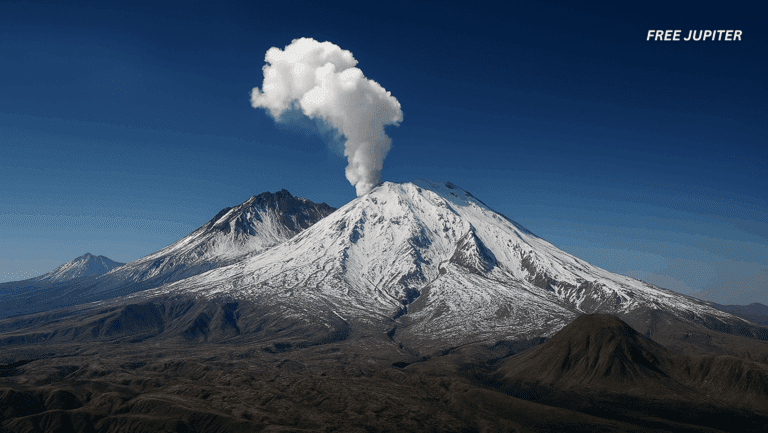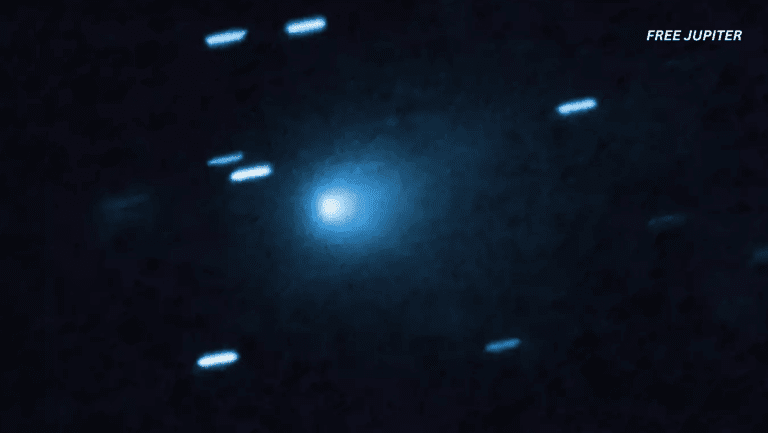Friendly Note: FreeJupiter.com shares general info for curious minds 🌟 Please fact-check all claims—and always check health matters with a professional 💙
For decades, astronomers have been playing a cosmic game of hide-and-seek, searching for a significant portion of the universe’s “ordinary” matter – also known as baryonic matter. This is the kind of matter that makes up everything familiar: stars, planets, and you. Yet, despite all the stargazing and galaxy-counting, about half of this matter seemed to be missing in action. Now, thanks to an international research effort and some clever observational techniques, astronomers believe they’ve finally tracked down the elusive “missing half” of the universe’s matter, and the answer was floating right under their noses-or rather, far beyond the edges of galaxies.
A Cosmic Accounting Problem
Let’s set the cosmic stage: According to the best models of the universe’s evolution, about 15% of the universe’s total mass is made up of ordinary matter – protons, neutrons, and electrons. The rest is believed to be dark matter and dark energy, both mysterious and invisible. But when astronomers tally up all the visible stuff – stars, galaxies, glowing gas-they come up short. The universe, it seems, has been holding out on us, with more than half of its ordinary matter missing from the cosmic census.
This isn’t a new conundrum. Scientists have known for years that their inventories of stars and galaxies just don’t add up to what the Big Bang should have produced. The missing matter isn’t the enigmatic dark matter, but the regular, everyday stuff that should be lighting up the universe. The embarrassment has lingered for decades, with researchers scratching their heads and telescopes peering into the void.
Read more: Astronomers Tuned Into a Nearby Star’s “Music” and Made a Shocking Discovery
The Clues: Hydrogen’s Ghostly Halo
The breakthrough came from a closer look at the vast, faint halos of hydrogen gas that surround galaxies. Using data from the Dark Energy Spectroscopic Instrument (DESI) in Arizona and the Atacama Cosmology Telescope in Chile, researchers stacked images of millions of galaxies to detect the wispy, nearly invisible clouds of ionized hydrogen at the outer fringes of these galactic realms.
What they found was surprising: these halos of hydrogen are not just a faint afterthought – they’re extensive, stretching up to five times farther from galaxies than previously imagined. The gas is so diffuse that, in the vastness between galaxies, it amounts to just one or two atoms in a space the size of an office room. No wonder it’s been so hard to spot.
This “ghost gas” doesn’t emit light in the way stars or glowing nebulae do, making it nearly impossible to detect with traditional telescopes. Instead, its presence is revealed by how it interacts with the cosmic microwave background-the faint afterglow of the Big Bang that permeates the universe. By measuring how this background radiation is dimmed or brightened as it passes through the hydrogen halos, astronomers could infer the presence and extent of the missing matter.
The Cosmic Web: Filaments and Bridges
The story doesn’t end with halos. The research also revealed that this diffuse hydrogen doesn’t just hang around galaxies in isolation. It forms a vast, interconnected web of filaments –ghostly bridges of gas that stretch between galaxies, weaving the cosmos together in a structure often called the “cosmic web.” If these filaments connect most galaxies as suspected, they could easily account for the previously undetected matter, solving the long-standing mystery.
Black Holes: The Unexpected Gardeners
In a quirky twist, the discovery also sheds new light on the role of black holes at the centers of galaxies. Previously, scientists thought that supermassive black holes only ejected jets of gas during their youthful, energetic phases. But the presence of such extensive halos suggests that black holes might be more active than assumed, periodically turning on and off in what researchers call a “duty cycle.” This activity could be responsible for puffing up the hydrogen halos and distributing matter far from the galactic core.
As Boryana Hadzhiyska, lead author of the study, explains, “We think that, once we go farther away from the galaxy, we recover all of the missing gas.” The implication? Black holes aren’t just cosmic vacuum cleaners-they’re also cosmic gardeners, spreading material across vast distances.
Fast Radio Bursts: Nature’s Cosmic Weigh Stations
This isn’t the first time astronomers have tried to pin down the universe’s missing matter. Another breakthrough came from studying fast radio bursts (FRBs) – brief, powerful flashes of energy from deep space that last just milliseconds. These bursts, detected by telescopes like the Australian Square Kilometre Array Pathfinder (ASKAP), act as cosmic weigh stations. As the radio waves from FRBs travel through the universe, they’re subtly altered by the matter they pass through, allowing scientists to estimate the density of the universe’s ordinary matter.
The results from FRB studies also pointed to the missing matter hiding in the vast emptiness between galaxies, confirming that the universe’s ordinary matter was indeed out there-just incredibly spread out and hard to detect.
Read more: Scientists Trigger a ‘Black Hole Bomb’ Explosion in the Lab
Why Does This Matter?
Solving the mystery of the universe’s missing matter isn’t just an exercise in cosmic bookkeeping. It has profound implications for our understanding of how galaxies form, evolve, and interact. The presence of this diffuse hydrogen helps reconcile observations with theoretical models, bringing our picture of the universe into sharper focus.
It also opens new avenues for research. Now that astronomers know where to look, they can refine their models of galaxy formation and the behavior of black holes. The discovery may even influence future studies of cosmic evolution, dark matter, and the large-scale structure of the universe.
The Next Steps: Simulations and Deeper Analysis
The work isn’t finished. Researchers plan to incorporate these new measurements into detailed simulations to better understand the processes at play. As Hadzhiyska notes, “To be more accurate, we have to do a careful analysis with simulations, which we haven’t done. We want to do a careful job.” The hope is that, with more data and improved models, astronomers can further unravel the mysteries of the universe’s hidden architecture.
Read more: Breakthrough Study Suggests That Aliens Might Be Living in Parallel Universes
A Universe More Complete
The cosmic puzzle is coming together. After years of searching, astronomers have found compelling evidence that the universe’s missing ordinary matter has been hiding in plain sight-in vast, faint halos and filaments of hydrogen gas that stretch between and beyond galaxies. This discovery not only solves a long-standing mystery but also enriches our understanding of the universe’s structure and the dynamic roles played by black holes and intergalactic gas.
So, the next time you gaze up at the night sky, remember: most of the universe’s ordinary matter isn’t in the twinkling stars or glowing nebulae, but in the invisible, ghostly clouds that bind the cosmos together. The universe, it turns out, is a much fuller place than we ever imagined.










